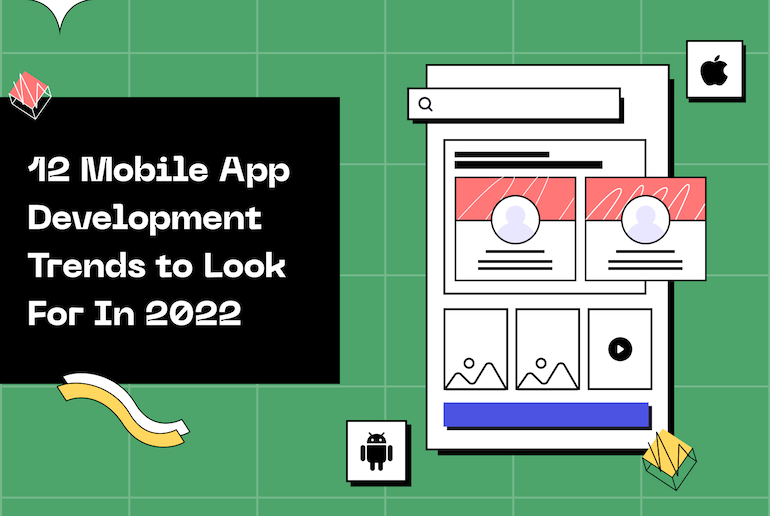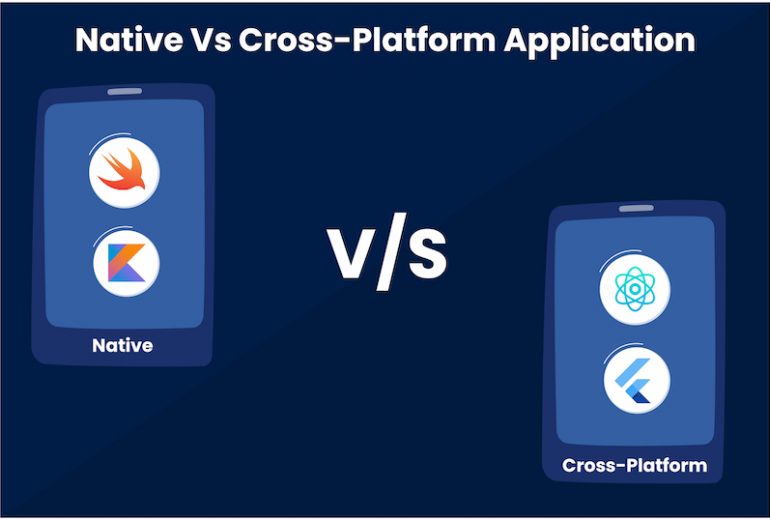Ionic
Ionic is a cross-stage structure gave them as open source. It is essentially utilized for half and half versatile application advancement and depends on the HTML5 programming dialect. It acquires the structure and plan of Angular JS to some degree; alongside a portion of the plan components from Android, Material Design and iOS. Further, it is TypeScript prepared which shows that the engineers can likewise utilize AngularJS segments.
Ionic accompanies readymade styled parts which makes it extremely simple for the engineers to make User Interface of the application. The UI isn’t local yet it can without much of a stretch given the presence of a local UI.
Ionic works with Cordova, which helps in getting to the telephone equipment usefulness. The principle work of Cordova is to render the application – Webview, which is a program free website page loader, giving access to different versatile functionalities.
It is a bit slower when contrasted with React Native as HTML code is composed for making it work with Android. If there should be an occurrence of moderate processors, execution issues or graphical issues will probably emerge.
Further, it requires modules to be downloaded for getting to local usefulness. While working with TypeScript, the assignments turn into a bit slower when contrasted with working with the local API.
Masters of utilizing Ionic Framework
Ionic can without much of a stretch work with different web advances, for example, HTML, CSS, JS or AngularJS.
It is stage autonomous and has quicker advancement testing cycles.
Default portable applications with great User Interface functionalities can be effectively and proficiently assemble.
It works utilizing Cordova.
It is good with the two iOS’ UI web view and Android’s Web View.
TypeScript can be utilized to effortlessly compose the code to create applications for all stages.
Modules can be utilized to get to the local functionalities of the client’s gadgets.
Cons of utilizing the Ionic Framework
On the off chance that parcel of callbacks to the local code is utilized, execution issues can emerge.
On the off chance that local look is favored in every one of the gadgets, it couldn’t be so speaking to the clients.
It is hard to create propelled designs or intelligent changes.
React Native
It is a structure for building local applications utilizing React, which is a JavaScript library that is utilized for building User Interface. It is overseen and kept up by a network of master React engineers. With React, the portable application engineers can without much of a stretch utilize the code which has just been utilized in some other Android or iOS applications. The code is composed in React parts and is rendered as local UI segments in the versatile application. JavaScript remains the application rationale and is handled through the JS-motor of the framework. With regards to the execution, because of DOM, User Interface is considered at the lead position than the application rationale. Along these lines, React Native may require all the more learning endeavors, and yet making higher quality applications.
It is fundamentally an augmentation of React.js utilizing nearly indistinguishable standards from Virtual DOM for refreshing UI. The downside of utilizing React is that it centers intensely around the UIs making it somewhat moderate while speaking with the basic local OS.
In any case, an or more purpose of utilizing React Native is this isn’t a program based application like PhoneGap or Cordova of Ionic; along these lines making the usage and execution faster on cell phones. It doesn’t care for ionic, which is intended to compose once and run all over the place. Some stage particular changes are required in the program to make a nearest local look.
Tremendous engineers network so you won’t need to fear any difficulties. This permits tackling difficulties identified with React Native inside the briefest time frame;
Since the code is autonomous of stages (iOS or Android) — it can be utilized crosswise over the two stages.
Cons:
Since it’s made for iOS, parts for Android may require a few endeavors from you.
It’s intended for more “confused” applications. Therefore, they may require more assets and a higher spending plan.
Table of Contents


